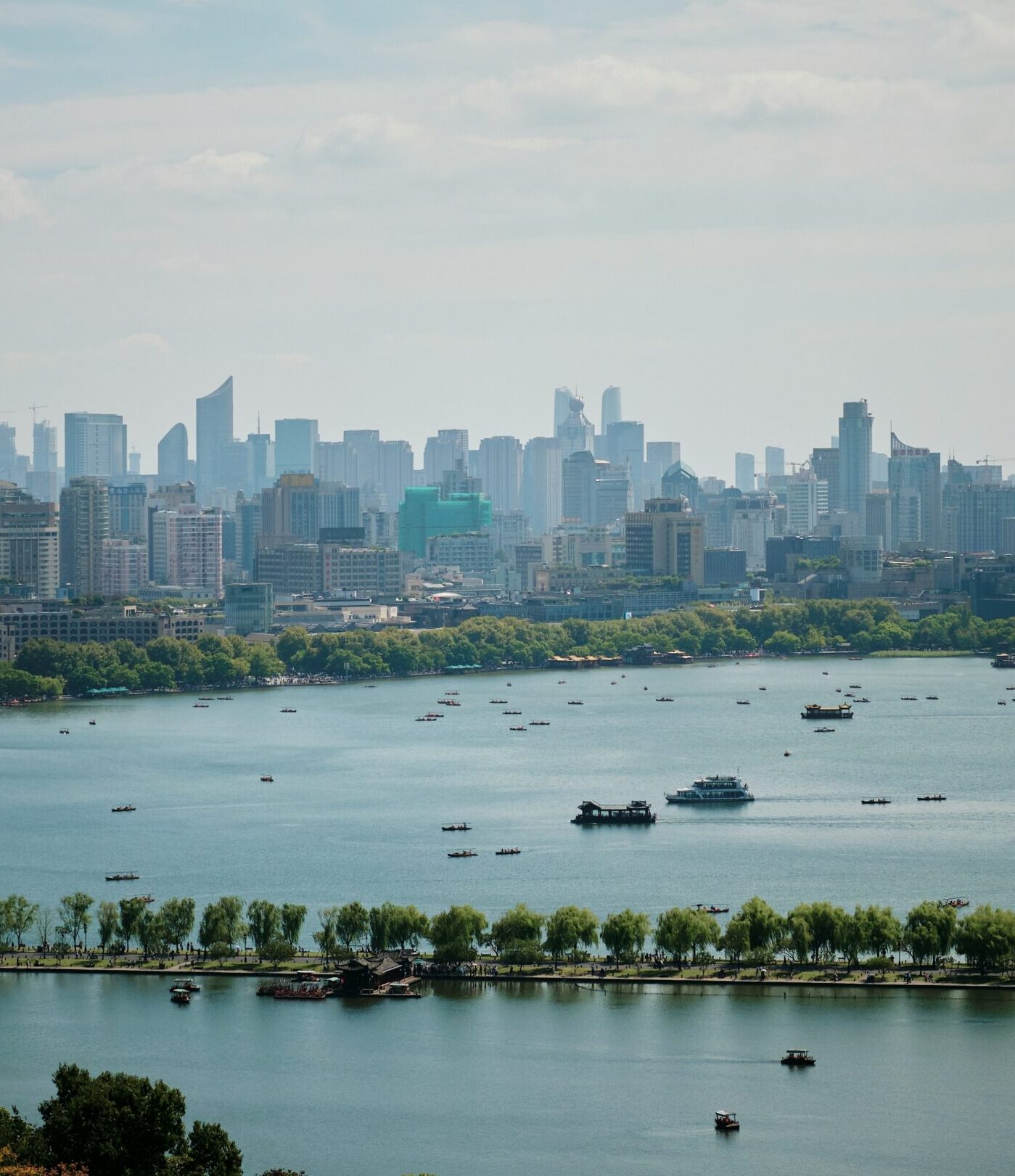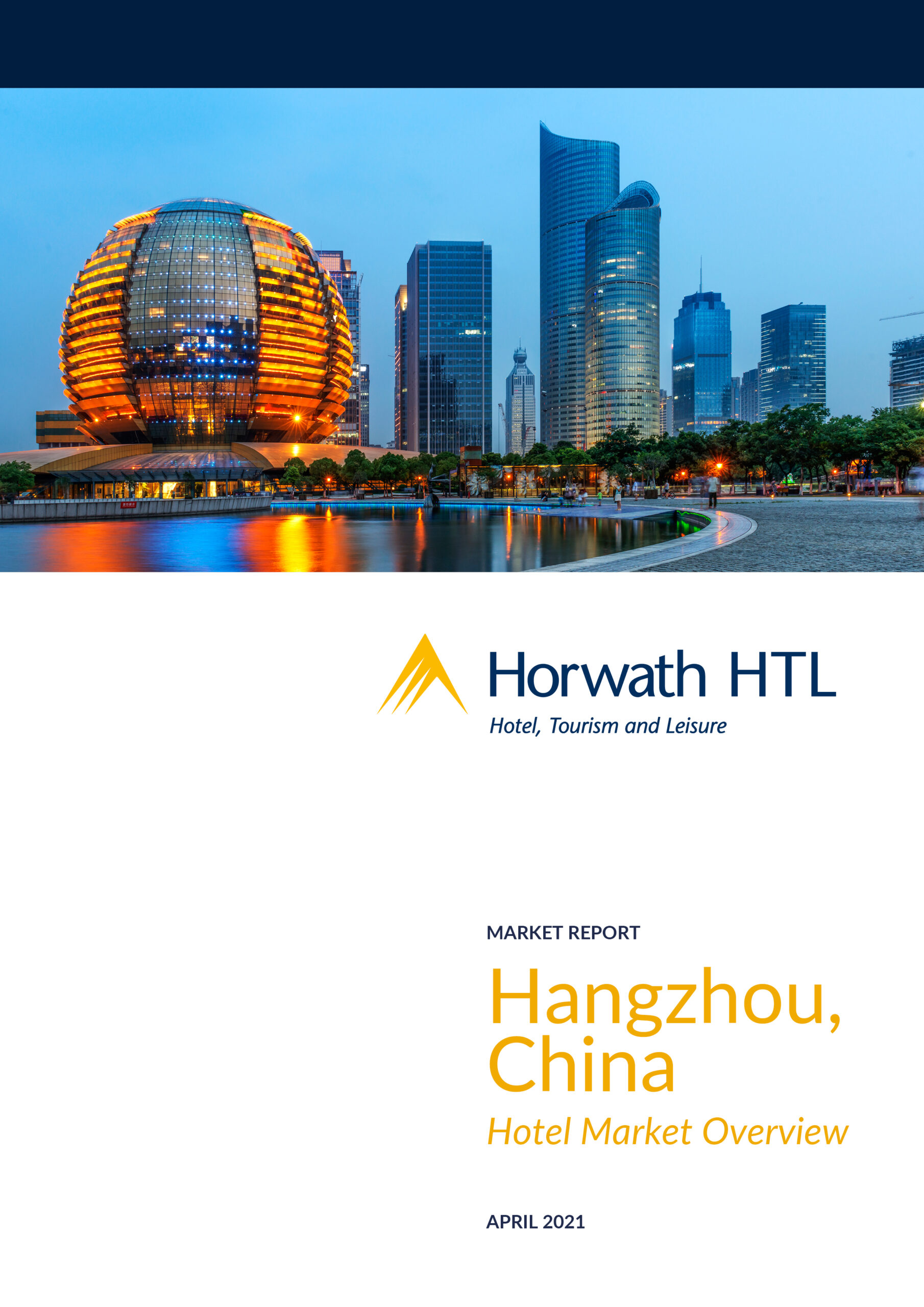
Report
Hangzhou, China: Hotel Market Overview
Introduction
Hangzhou, the capital and the most populous city of Zhejiang, has been traditionally known as a tourism city for popular sights including West Lake and Lingyin Temple.
After over 30 years of development, especially after hosting the G20 summit in 2016, Hangzhou gradually evolved from a tourism destination to a world-renowned innovation, research and development center backed by the expansion of hi-tech companies.
Hangzhou is now attracting high quality science, technology and ecommerce startups that fill up multiple business districts around the city that have propelled the development of the hotel market in downtown as well as famous scenic areas in the city.
Sub-Market Analysis
To understand Hangzhou’s hotel performance, three key sub-markets are analyzed:
West Lake/Wulin Square Area: Traditional city center with high-end shopping malls and a burgeoning smart digital business district.
Qianjiang New City: New CBD focused on finance, IT, and consulting industries.
Xixi Wetland and Suburban Areas: Protected areas emphasizing tourism with small luxury resorts.
Historical Market Performance (2015-2020)
- 2016-2018: Increased occupancy driven by new hotels and MICE demand post-G20. ADR decreased due to aging facilities and increased supply. RevPAR growth indicated strong absorption of new supply.
- 2019: Decline in ADR and occupancy due to economic slowdown and China-US trade tensions.
- 2020: Significant decline in occupancy due to COVID-19. Hotels focused on attracting domestic leisure traveller’s post-lockdown.
Performance by Area
- Qianjiang New City: Gradual increase in ADR and occupancy due to area development and new hotels.
- West Lake/Wulin Square: Decline in ADR due to aging facilities and competition but maintained high occupancy due to location.
- Xixi Wetland: Maintained high ADR due to unique luxury positioning and scenic locations.
Demand Segmentation
- Corporate: Mainly generated by nearby offices in Qianjiang New City and West Lake/Wulin Square.
- MICE: Driven by local universities, the Hangzhou International Expo Centre, and multinational companies.
- Leisure FIT & Group: Individual travellers booking through OTAs or directly, and domestic/international tour groups.
- Others: Walk-ins and long-stay guests, often residents seeking a retreat.
Key Performance Indicators (2015-2020)
- Supply & Demand: Increased room nights available and demand until 2019, followed by a drop in 2020.
- ADR & Occupancy: Fluctuations with an overall decline in ADR and occupancy in 2020.
- RevPAR: Consistent with ADR and occupancy trends, showing a decline in 2020.
New Hotel Additions
Upcoming hotels will add 1,187 rooms by 2027, with notable additions including:
- Hotel Indigo Hangzhou Uptown (2021)
- The St Regis Hangzhou Yunqi (2022)
- Andaz Xixi, Hangzhou (2023)
- Rosewood (2026)
- Qianjiang Jumeirah (TBD)
Factors Influencing Demand
Positive:
- 2022 Asian Games fostering city-wide transformation and infrastructure development.
- Increasing influence as an international convention destination.
- Innovative tourism strategies enhancing economic recovery and leisure demand.
Negative:
- Strict quarantine policies impacting short- to medium-term travel.
- New hotel supply in satellite areas diluting demand in core districts.
Download the report
For detailed charts, graphs, and further analysis, download the full report here



